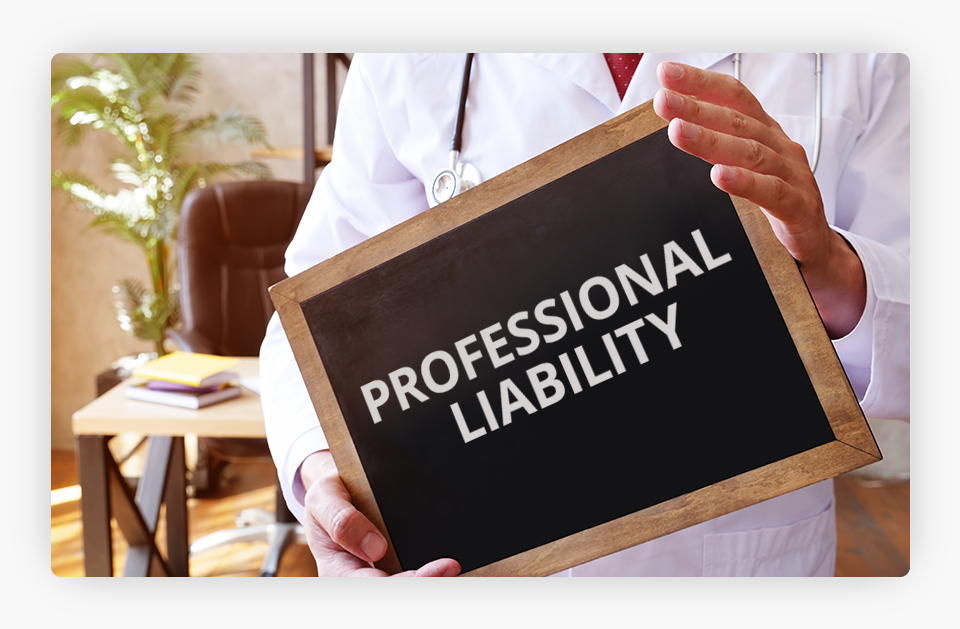We can’t send you updates from Justia Onward without your email.
Unsubscribe at any time.
Did you know that Justia offers numerous free resources to make the law more accessible and help people better understand the foundations of a variety of legal areas? In this post, you can learn more about the information available in Justia’s Birth Injuries Center.
Among the many free resources that Justia provides to the public are Justia Legal Guides on dozens of diverse practice areas. In a series of posts, we will continue to explain how someone coming to our site might use each of these guides to understand their rights and options, as well as what to expect from the legal process.
This post imagines a situation involving “Jennifer,” who has just received the devastating news that her child suffers from spastic cerebral palsy due to an injury during childbirth. Jennifer knows that her child may need extensive treatments to help them live with this condition. While dealing with the emotional burden of the diagnosis, she also worries about covering the costs with the modest salaries that her spouse and she receive. However, Jennifer soon learns that medical malpractice often causes cerebral palsy, and children and their families can recover compensation for their costs and losses when this happens. She searches online for information about these legal claims and finds the Birth Injuries Center at Justia.
Proving Liability for a Birth Injury

From the overview of birth injury lawsuits, Jennifer learns that these cases arise when a health care provider fails to meet the standard of care that applies to professionals in their field. To hold a doctor liable for her child’s condition, she would need to prove certain elements. These include the standard of care that applied to the doctor, a departure from this standard of care, a direct causal link to her child’s cerebral palsy, and costs and losses resulting from the condition. Jennifer is reassured to see that she only needs to show that her version of events is more likely than not to be true.
Reading further down the page, Jennifer sees that expert witnesses play a critical role in these cases. She explores the more specific discussion of this topic at Justia and learns that medical experts likely will need to testify in support of her claim. This is because health care is a specialized field, and most judges and jury members would not understand its nuances well enough to decide on their own whether a doctor should be liable. Expert witnesses should be qualified under state law and persuasive to a non-specialist audience. Jennifer also notes that she may need other experts, such as vocational experts, to describe the full impact of her child’s condition over time and maximize the damages.
Damages for a Birth Injury

Before deciding whether she should file a claim, Jennifer wants to make sure that the compensation available would make it worth pursuing. She reads the discussion of damages in birth injury lawsuits at Justia, which explains that a child and their family may be entitled to both economic and non-economic damages. Economic damages cover the treatment costs that had concerned Jennifer, such as costs for surgeries, therapies, medications, and assistive devices. Jennifer is pleasantly surprised to find that expenses such as altering her home to make it more accessible for her child also might be compensated.
Meanwhile, non-economic damages aim to compensate a child for their pain and suffering related to a birth injury, as well as other subjective harm such as lost enjoyment of life. Having seen her child struggle with their condition on a daily basis, Jennifer feels that she could present a strong case for a substantial award of these damages. However, she sees that damages caps often apply to non-economic damages and makes a note to check the rules in her state so that she knows what to expect.
Distinctive Issues in Birth Injury Cases

Now that she understands the basic outline of a birth injury claim and how it could help her family, Jennifer briefly scans discussions of certain procedural nuances. She finds that she likely would need to provide an affidavit of merit at the start of the case. In this document, a doctor who has reviewed her child’s medical records would state an opinion that the facts of the case likely support a medical malpractice claim. Jennifer also finds that strict deadlines known as statutes of limitations govern birth injury cases. These may be different from the deadlines in other personal injury cases and may be defined in complex ways.
Jennifer is starting to realize that she needs professional help in bringing a claim. She checks out tips on hiring a birth injury lawyer as a starting point for her search. Among other points, she notes that she should ideally find a lawyer who has experience assisting children with cerebral palsy and who has argued these cases in the courtroom.
Final Thoughts
Jennifer has gained valuable knowledge about some of the laws and procedures that may affect her pursuit of compensation for her child. While she will need to consult a medical malpractice attorney, she feels more prepared and less anxious. Justia’s Birth Injuries Center serves as a resource for people facing these emotional and financial challenges. It aims to make the law transparent and accessible to all.